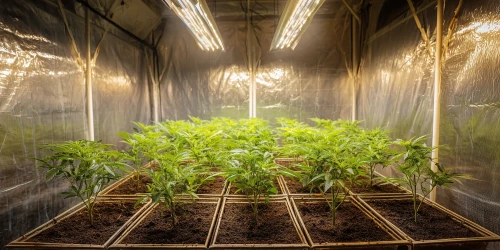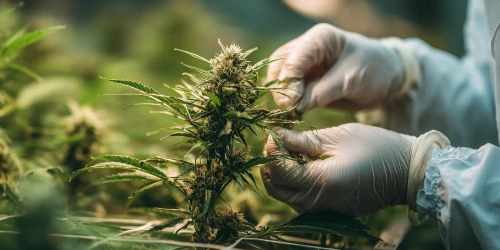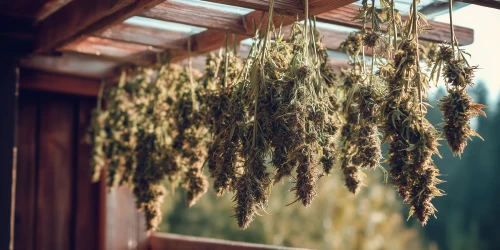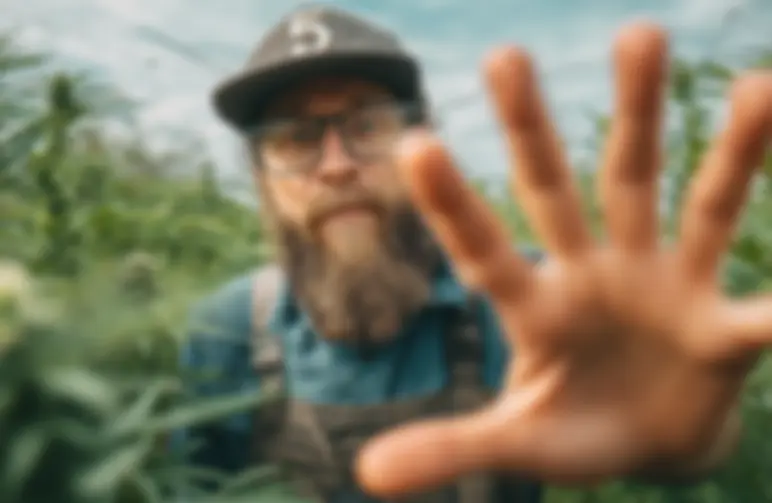I’ve seen plenty of growers scratch their heads wondering why their CBD-rich strains didn’t hit the levels promised on the seed pack. While genetics play the lead role, the way you grow, feed, and harvest determines whether your plants fulfill their potential.
I once made the mistake of harvesting a Harlequin crop too early, convinced that cloudy trichomes meant “peak potency.” Instead, I ended up with lower CBD and a weaker therapeutic effect. Since then, I’ve learned that maximizing CBD is about patience, precision, and respect for the plant’s natural rhythms.
If you’re cultivating CBD-rich cannabis for wellness, tinctures, oils, or just a smooth smoke, here are five expert tips to help you unlock the highest possible CBD content.
1) Start With the Right Genetics
No amount of care will turn a high-THC strain into a CBD powerhouse. The genetics determine the ratio of cannabinoids. Strains like ACDC, Pennywise, Harlequin, and the Sour Tsunami CBD strain are proven to consistently produce high CBD levels, often ranging from 10–20% CBD with minimal THC.
- Look for lab-backed profiles: Choose seed banks that share verified cannabinoid tests for their mother plants, not just marketing claims.
- Seek stabilized lines: Select breeders who stabilize chemotypes so your outcomes are more predictable plant-to-plant.
- Avoid mixed goals: Don’t run high-THC lines alongside CBD if your prime goal is medicinal CBD; harvest timing and curves differ.

2) Optimize Light Cycles and Intensity
Light drives cannabinoid production. For CBD-rich plants, full-spectrum LED or CMH lighting tends to bring out a balanced cannabinoid profile versus narrow spectra.
- Vegetative stage: 18–20 hours of light daily to build strong roots and structure.
- Flowering stage: 12/12 with full-spectrum white or slightly blue-leaning spectra to encourage resin without skewing expression.
- Avoid light stress: Keep fixtures at recommended heights. If you see bleaching or tacoing, raise the light or reduce intensity.
Outdoors, prioritize full sun. If growing near trees or structures, plan your plot or pot placement so the canopy gets a solid 6–8 hours of direct light during flower.
3) Feed for Cannabinoid Health, Not Just Yield
It’s tempting to overdo nitrogen for explosive growth, but high N late in flower can suppress resin and cannabinoid production. CBD thrives when nutrition is balanced and the soil biome is alive.
- Reduce nitrogen after the stretch to prioritize resin and flower quality.
- Dial in Ca/Mg: Calcium and magnesium support robust trichomes and overall plant health.
- Build living soil: Compost, worm castings, and kelp feed the microbiome, which supports secondary metabolite (cannabinoid and terpene) production.
- EC sanity check: Keep runoff EC in a moderate range; salt buildup can stress plants and dim cannabinoid potential.
I’ve consistently seen richer CBD outcomes in living soil compared to heavy salt regimens. Think of it as crafting a thriving ecosystem that coaxes the plant to express its best chemistry.

4) Master the Timing of Your Harvest
This is where the magic either happens or slips away. Harvest too early and you’ll miss peak CBD; too late and CBD begins to degrade into other compounds.
- Watch trichomes closely: For most CBD cultivars, aim to harvest when the majority of trichomes are cloudy with only a small fraction turning amber.
- Typical CBD peak: Often ~1–2 weeks after trichomes first turn cloudy. Track daily with a loupe or microscope.
- When in doubt, test: If possible, send a small early sample for lab testing to map your cultivar’s peak window.
Patience pays. A disciplined harvest is what separates hobby results from truly medicinal-grade CBD flower.
5) Protect CBD With Proper Drying and Curing
Even a perfect grow can be undone by rushed drying or sloppy curing. Cannabinoids and terpenes are fragile, heat, light, and oxygen break them down.
- Dry slowly: 10–14 days at 59 °F-64.4 °F and 55–60% RH, in the dark with gentle airflow.
- Cure carefully: Move to airtight glass jars. “Burp” daily for two weeks, then weekly for 4–6 weeks.
- Store smart: Keep in a cool, dark place. Consider humidity packs and, for long-term, vacuum sealing.
Treat CBD flower like fine tea leaves. Gentle handling and stable storage preserve both potency and flavor.

Advanced Tips for Serious CBD Growers
- Track plant rhythms: Keep a grow log of dates, trichome observations, aromas, and environmental data. Your next run will be sharper.
- Environmental steadiness: Avoid big swings in temperature or humidity, especially late flower.
- Match strain to climate: In humid regions, pick CBD cultivars with solid mold resistance. In arid zones, look for drought tolerance.
- Minimal stress training: LST, topping, and selective defoliation are fine. Avoid heat/light/drought stress that can dent cannabinoid quality.
Putting It All Together
Maximizing CBD is less about chasing giant colas and more about balanced cultivation. Start with reliable CBD genetics, light them properly, feed for resin, harvest on time, and cure with care. Do those five things consistently and your CBD-rich flowers will meet, and often exceed, expectations.
Think of it like an orchard: you can force a tree to grow fast, but you get the sweetest fruit when the whole system is nurtured. CBD is no different.
FAQs
Does the strain matter most for CBD levels?
Yes. Genetics are the primary factor. Your cultivation practices optimize what the plant is already predisposed to produce.
Can I increase CBD by extending flowering time?
Generally no. Extending beyond maturity risks cannabinoid degradation. Harvest during the cloudy trichome window for best CBD.
Do autoflowers produce less CBD than photoperiods?
Not necessarily. Modern CBD autos can rival photoperiods when grown well. Check breeder data and grow logs.
Can stress training increase CBD production?
Mild training (LST, topping) can support resin development. Severe stress (heat, drought, light burn) usually reduces cannabinoid quality.
How do I preserve CBD after curing?
Store in airtight, light-proof containers at stable temperatures. Consider humidity packs and vacuum sealing for long-term stability.








